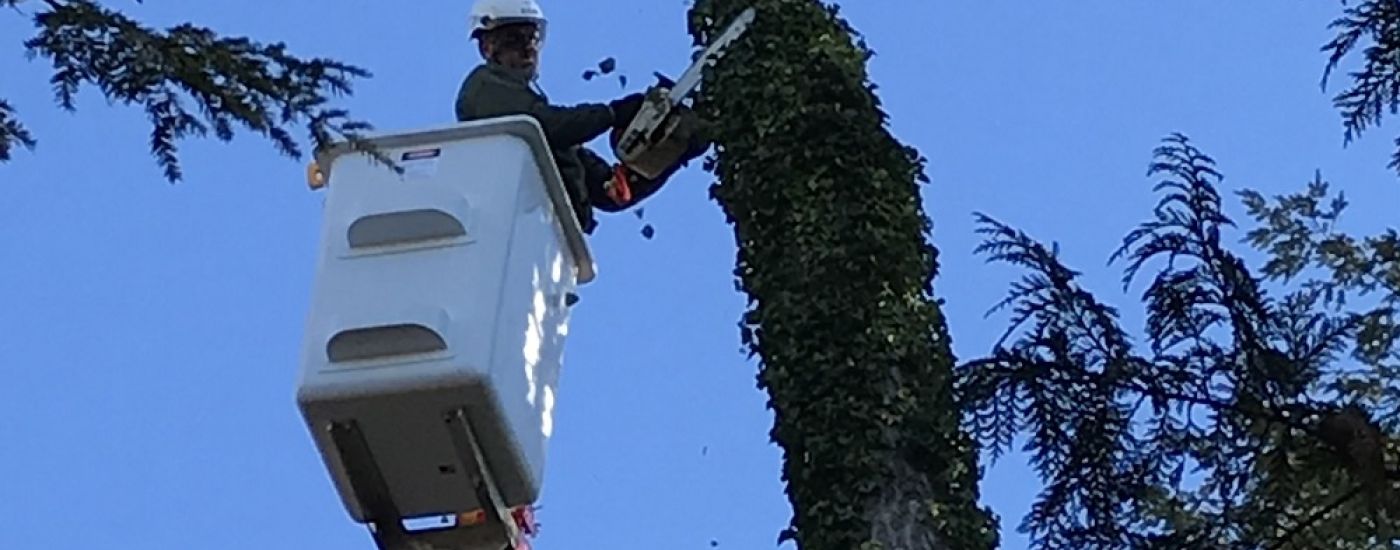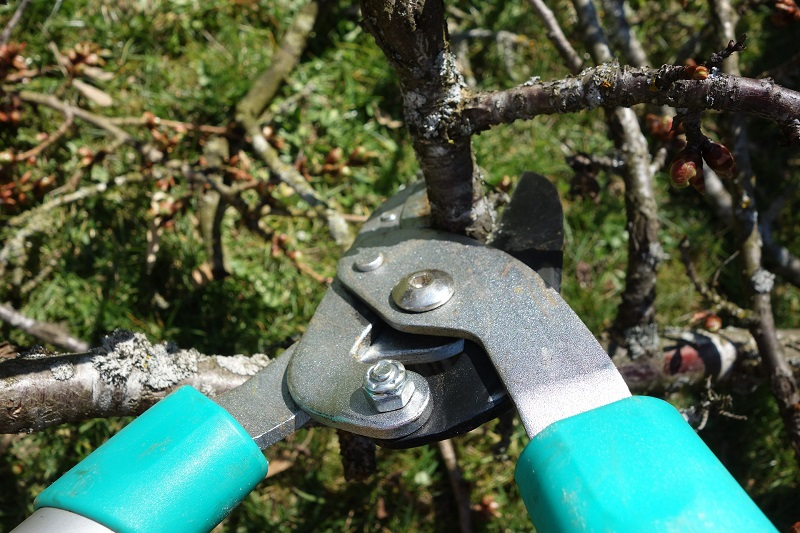Stein Tree Service Discusses Tree Pruning Practices
If you have overgrown or misshapen trees on your property, the solution is tree pruning. Tree pruning helps make your trees safer, healthier, and more beautiful. But proper pruning requires careful examination of the tree and knowledge of the different tree pruning practices. Below are three different tree pruning techniques and what makes each of them useful.
3 Types of Tree Pruning Practices
Each method of pruning has a specific purpose and focuses on different areas of the tree. Some approaches focus on improving the aesthetics of a tree, while others focus on safety. All pruning types involve altering the “crown” of the tree, which is all aboveground parts of a tree (leaves, branches, or stems.)
1. Crown Thinning
Crown thinning is the process of removing smaller branches to create a more even, symmetrical shape or appearance. Other tree pruning practices focus on altering the crown’s size, whereas thinning focuses on improving the crown’s shape. For example, if a tree has a lot of little branches that give the crown an uneven appearance, an arborist will thin the tree to make the crown more uniform. Removal of dead or diseased branches and increasing sunlight penetration and air movement are other benefits of crown thinning.
Learn About Our Tree Pruning Services
2. Crown Reduction
Crown reduction alters the size of the tree, usually by removing branches from the top or sides. Often, crown reduction is performed on large trees that are at risk of touching nearby buildings or power lines. Crown reduction is also useful for reducing stress on individual branches or the entire tree. While all types of tree pruning practices should be left to professionals, crown reduction is a particularly advanced type of pruning, needing careful cuts to preserve the tree’s health. Reduction is a useful pruning technique that makes trees more stable and safe for people while maintaining their structural integrity.
3. Crown Raising
Crown raising involves removing the lowest branches of a tree, rather than the highest branches as in crown reducing, to “raise” the crown. The primary purpose is to create more clearance for anything traveling underneath, such as pedestrians or cars. Crown raising is often done to improve safety, such as removing low, or dead branches overhanging a busy sidewalk. Removing low-hanging branches also helps grass underneath capture more light. Like other tree pruning practices, proper crown raising requires careful skill and experience.
Contact Stein Tree for Tree Pruning Services
If your trees need pruning, call Stein Tree Service. Our certified arborists are highly experienced and have a long history of crew and property safety. We have state-of-the-art equipment and are ready for immediate and emergency response. We have served thousands of customers throughout Delaware, Pennsylvania, and Maryland since 1983. To learn more about tree pruning practices or our tree pruning services, contact us today.
CALL US
610.723.8072
Serving DE, PA and MD
REQUEST A FREE, NO OBLIGATION CONSULTATION
FEATURED PROGRAMS
Stein Tree Earns Permit to Work in Spotted Lanternfly Quarantine Areas
Stein has a permit to work in spotted lanternfly quarantine areas in Pennsylvania and Delaware. Tree Service Companies have to be trained in proper moving and disposal of materials to avoid spread of the spotted lanternfly and Stein has completed the training courses. Learn more.
Emerald Ash Borer Inspection
In the spring, destructive emerald ash bore![]() r (EAB) adult beetles begin to emerge. These invasive pests can destroy your ash trees. Our specialists are certified to treat for EAB in Pennsylvania and Delaware. For a free consultation, contact us today.
r (EAB) adult beetles begin to emerge. These invasive pests can destroy your ash trees. Our specialists are certified to treat for EAB in Pennsylvania and Delaware. For a free consultation, contact us today.


